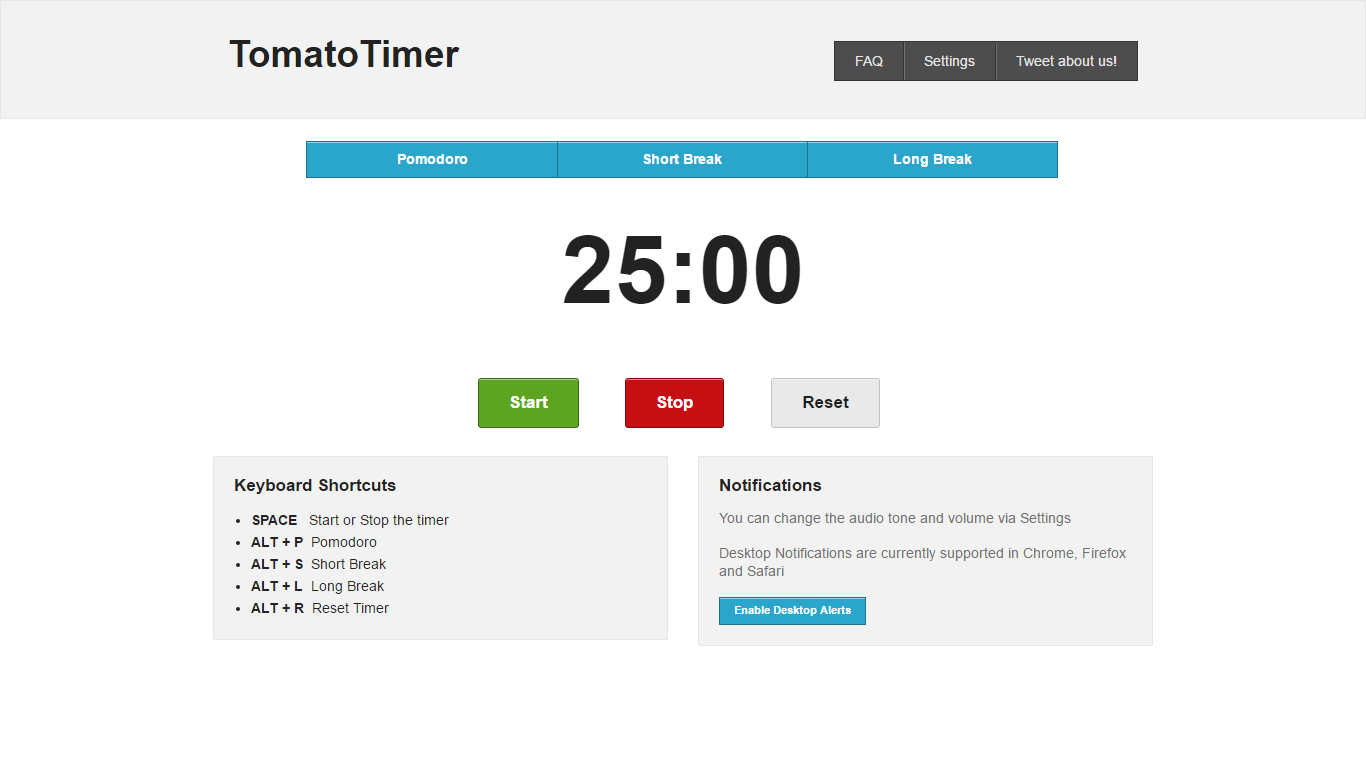
Our goal is to help people find meaningful work that fits their lifestyle and allows them to thrive.In my copywriting career, I have a few challenges you may be able to relate to. That's why we only list jobs that offer a 4-day workweek or other flexible work arrangements. Want to know something else that can improve productivity and reduce burnout? The 4 day work week.Īt 4dayweek.io, we are the job board for jobs with a better work-life balance. Pomodoro Technique is a simple time management method that can hel increase productivity and reduce burnout. This method can be helpful for people who have a lot of varied tasks and need to stay organized. For example, you might schedule a block of time for emails, a block for meetings, and a block for focused work. The time blocking method involves dividing your day into blocks of time and assigning specific tasks to each block. Some people find that this longer work period allows them to make more progress on their tasks before taking a break. With this method, you work for 90 minutes and take a 20-30 minute break. The 90-minute method is based on the idea that the average person can sustain focused work for about 90 minutes before needing a break. Ultimately, it comes down to personal preference and what works best for you. Some people find this method more effective because it allows for longer periods of work and shorter breaks. The 52/17 method involves working for 52 minutes and taking a 17-minute break. Here are some alternatives that you might find helpful: The 52/17 Method While the Pomodoro Technique is a popular and effective time management method, it's not the only option out there. The breaks, while short, are also important because they give you a chance to refocus and return to your work with renewed energy. The structure of Pomodoros - focusing on a single task for a set amount of time, then taking a break - can help you stay engaged and avoid distractions. The Pomodoro Technique is designed to help you achieve a state of flow by setting clear goals and tracking your progress. When you are in a state of flow, you are more likely to be productive and experience a sense of enjoyment and accomplishment. One of the key theories behind the Pomodoro Technique is the concept of "flow." In psychology, flow refers to a state of complete immersion in an activity, where time seems to disappear and you are fully present in the moment. Here's an example of how you might use the Pomodoro Technique in a typical workday: The goal is to clear your mind and come back to your work feeling refreshed and ready to tackle the next Pomodoro.

This could be anything from stretching and going for a walk to chatting with a colleague or playing a quick game. The idea behind this is to give your brain a chance to rest and recharge before diving back into work What should I do during Pomodoro breaks?ĭuring your Pomodoro breaks, it's important to step away from your work and do something completely different. After four "Pomodoros", you can take a longer break of 15-30 minutes. Repeat this process four times, then take a longer break (usually 15-30 minutes).Ī Pomodoro break is usually 5 minutes long.Take a short break (usually 5 minutes).

Work on the task until the timer goes off.

It's based on the idea of using short bursts of focused work, followed by breaks, to increase productivity and improve mental clarity. The Pomodoro Technique is a time management method developed by Francesco Cirillo in the late 1980s.


 0 kommentar(er)
0 kommentar(er)
